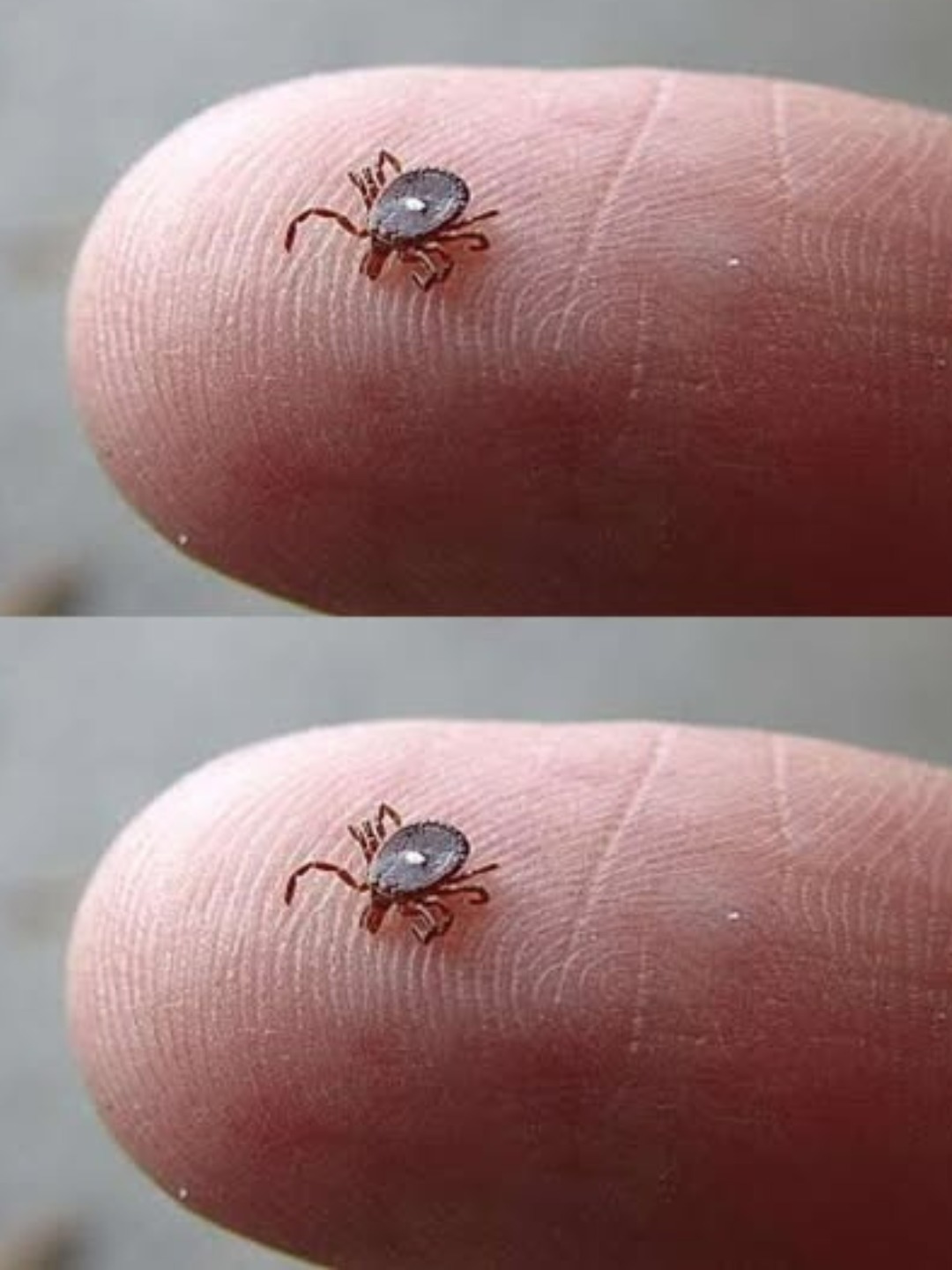Do Not Use Folklore Methods: Never try to suffocate the tick with Vaseline, nail polish, or a hot match. These methods can irritate the tick and cause it to regurgitate saliva into the wound, increasing the risk of disease.
Step 2: Preserve the Tick (Optional but Highly Recommended)
Place the live tick in a zip-top bag or a small container with a blade of grass or a moist cotton ball. Label it with the date and location of the bite.
Why save it?
Identification: A professional can confirm it was indeed a lone star tick.
Testing: Some state health departments and private labs can test the tick for pathogens. This is not a diagnostic of human infection, but a positive result can help your doctor make informed decisions.
Step 3: Identify the Tick
Confirm it was a lone star tick (Amblyomma americanum). Key identifiers:
Distinctive White Spot: Adult females have a single, silvery-white spot (or “lone star”) on the center of their backs.
Shape and Color: They are reddish-brown and have a round, teardrop-shaped body, especially after feeding.
Size: They are small; an unfed adult is about 1/8 of an inch, similar to a sesame seed.
(It is recommended to include a clear, labeled photo of a lone star tick here for visual reference.)
Step 4: Understand the Risks and Monitor for Symptoms
The lone star tick is an aggressive biter and is associated with several diseases, though transmission is not guaranteed.
The most notable association: Alpha-Gal Syndrome (AGS)
This is a potentially serious allergy to a sugar molecule called alpha-gal, found in red meat (beef, pork, lamb) and products from mammals (including gelatin and some dairy products). The allergy is triggered by the tick’s saliva. Important: AGS almost always requires the tick to have been attached for a period of time to trigger the immune response.
Other potential diseases include:
Ehrlichiosis
Southern Tick-Associated Rash Illness (STARI)
Tularemia
Heartland Virus
What to Watch For in the Weeks After a Bite:
Monitor yourself for any signs of illness and see a doctor immediately if you experience:
A Rash: Especially a “bull’s-eye” rash or any expanding red rash around the bite site. AGS reactions are typically delayed hives or generalized itching, not a localized rash.
Flu-Like Symptoms: Fever, chills, severe headache, muscle aches, and fatigue.
Upset Stomach: Nausea, vomiting, or diarrhea.
